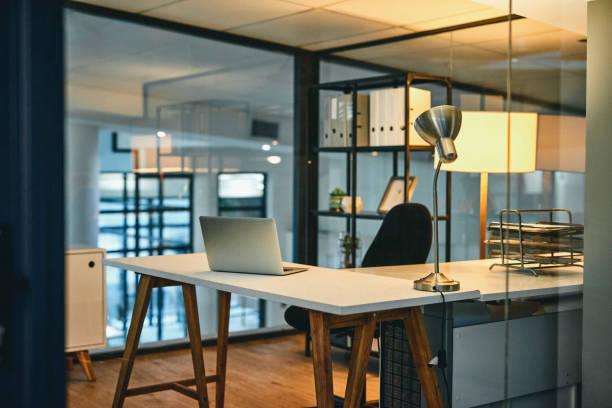In the modern office landscape, the humble office table stands as an iconic symbol of productivity, collaboration, and innovation. From its humble beginnings as a simple surface for writing and working to its evolution into a multifunctional hub for teamwork and creativity, the office table has undergone significant transformations over the years. In this article, we delve into the history, design, and significance of the office table, exploring how it has adapted to meet the changing needs of the workplace.
Office Table
The origins of the office table can be traced back to ancient civilizations where rudimentary desks and tables were used for record-keeping and administrative tasks. However, it was not until the Industrial Revolution that the modern office table began to take shape office table. With the rise of clerical work and administrative duties, there was a growing need for furniture that could accommodate these tasks efficiently.
During the 19th century, the emergence of mass-produced furniture fueled the proliferation of office tables in workplaces around the world. These early tables were typically made from sturdy materials such as wood or metal and featured simple, utilitarian designs. They provided workers with a basic surface for writing, organizing documents, and performing other tasks essential to their roles.
Design and Functionality
As the nature of work continued to evolve, so too did the design and functionality of the office table. In the mid-20th century, with the advent of the modern office and the rise of white-collar professions, there was a greater emphasis on ergonomics and efficiency in furniture design.
Office tables began to incorporate features such as adjustable heights, integrated storage solutions, and cable management systems to accommodate the needs of office workers. The introduction of materials like plastic, glass, and laminate allowed for greater flexibility in design, enabling the creation of sleek, minimalist tables that could complement various office aesthetics.
Steel Cabinet
In recent years, perhaps the most significant shift in office table design has been the increasing focus on collaboration and teamwork steel cabinet. As businesses recognize the value of creativity and innovation in driving success, office layouts and furniture designs have adapted to foster greater interaction and communication among employees.
The traditional, solitary desk has given way to communal worktables, modular desks, and shared workspaces that encourage collaboration and idea-sharing. These tables are often designed to accommodate multiple users simultaneously, with features such as built-in power outlets, wireless charging pads, and configurable layouts to support different working styles and preferences.
Reception Desk
Another notable trend in office table design is the integration of technology to support modern work practices reception desk. With the proliferation of laptops, tablets, and smartphones in the workplace, office tables have evolved to incorporate features such as built-in charging stations, USB ports, and wireless connectivity to keep devices powered and connected throughout the workday.
Furthermore, advancements in digital technology have enabled the development of smart tables equipped with touchscreens, interactive displays, and integrated software applications that facilitate collaboration, brainstorming, and data visualization. These high-tech tables serve as hubs for meetings, presentations, and collaborative projects, enhancing productivity and efficiency in the modern workplace.
The Future of Office Tables
Looking ahead, the future of office table design is likely to be shaped by emerging trends such as remote work, flexible scheduling, and the growing importance of employee well-being. As businesses adapt to accommodate hybrid work models and distributed teams, office tables may need to be more versatile and adaptable to accommodate different work environments and preferences.
Additionally, there is a growing emphasis on creating office spaces that prioritize employee health and comfort, with features such as height-adjustable desks, ergonomic seating, and biophilic design elements becoming increasingly common office furniture philippines. Office tables of the future may incorporate technologies such as sensors and AI to personalize the workspace experience, adjusting lighting, temperature, and other environmental factors to enhance productivity and well-being.
Conclusion
The office table has evolved significantly over time, reflecting changes in work practices, technology, and workplace culture. From its origins as a simple piece of furniture to its role as a central hub for collaboration and innovation, the office table continues to play a vital role in shaping the modern workplace. As we look to the future, the office table will undoubtedly continue to evolve, adapting to meet the ever-changing needs of the workforce and the demands of the digital age.







